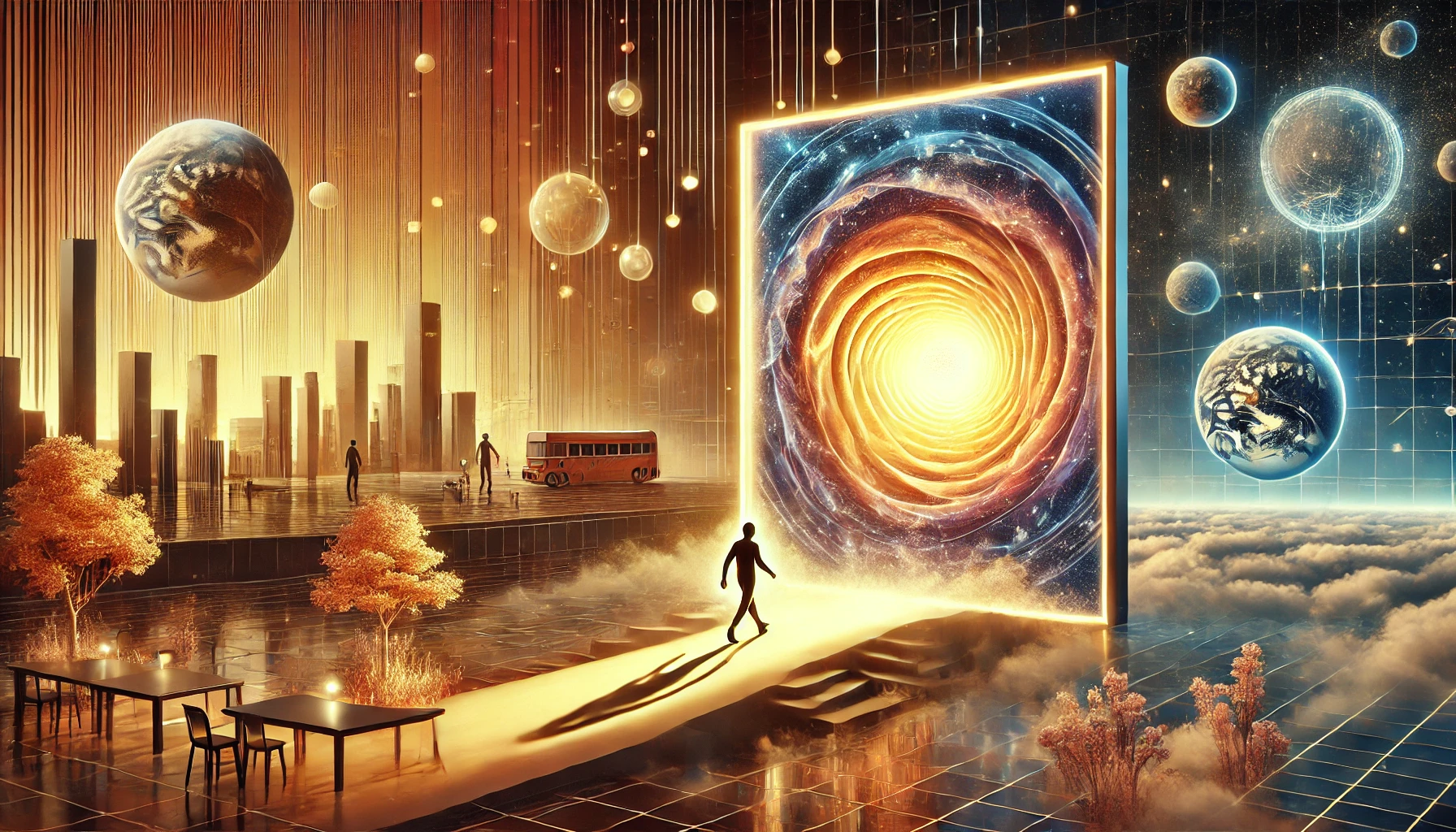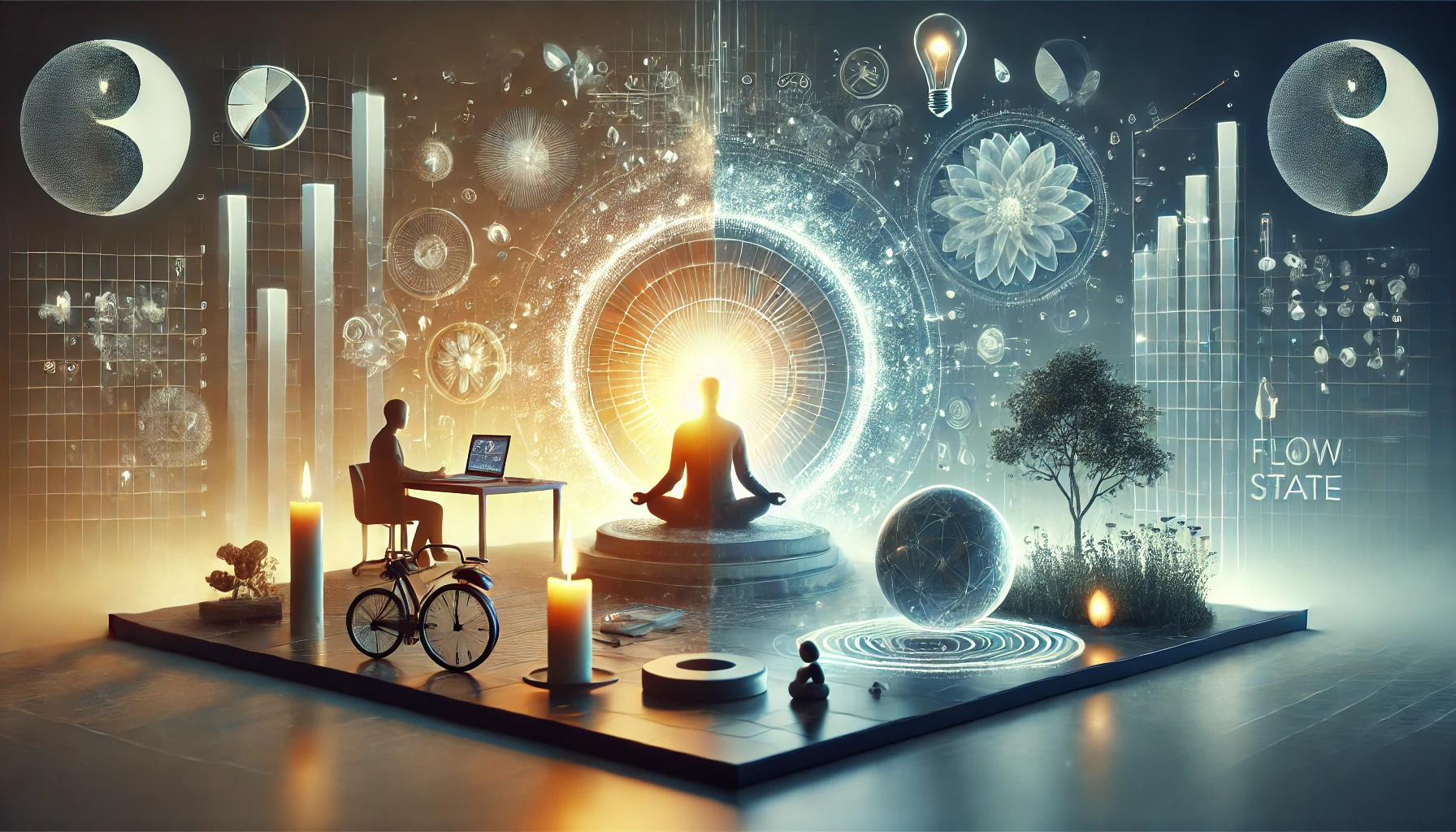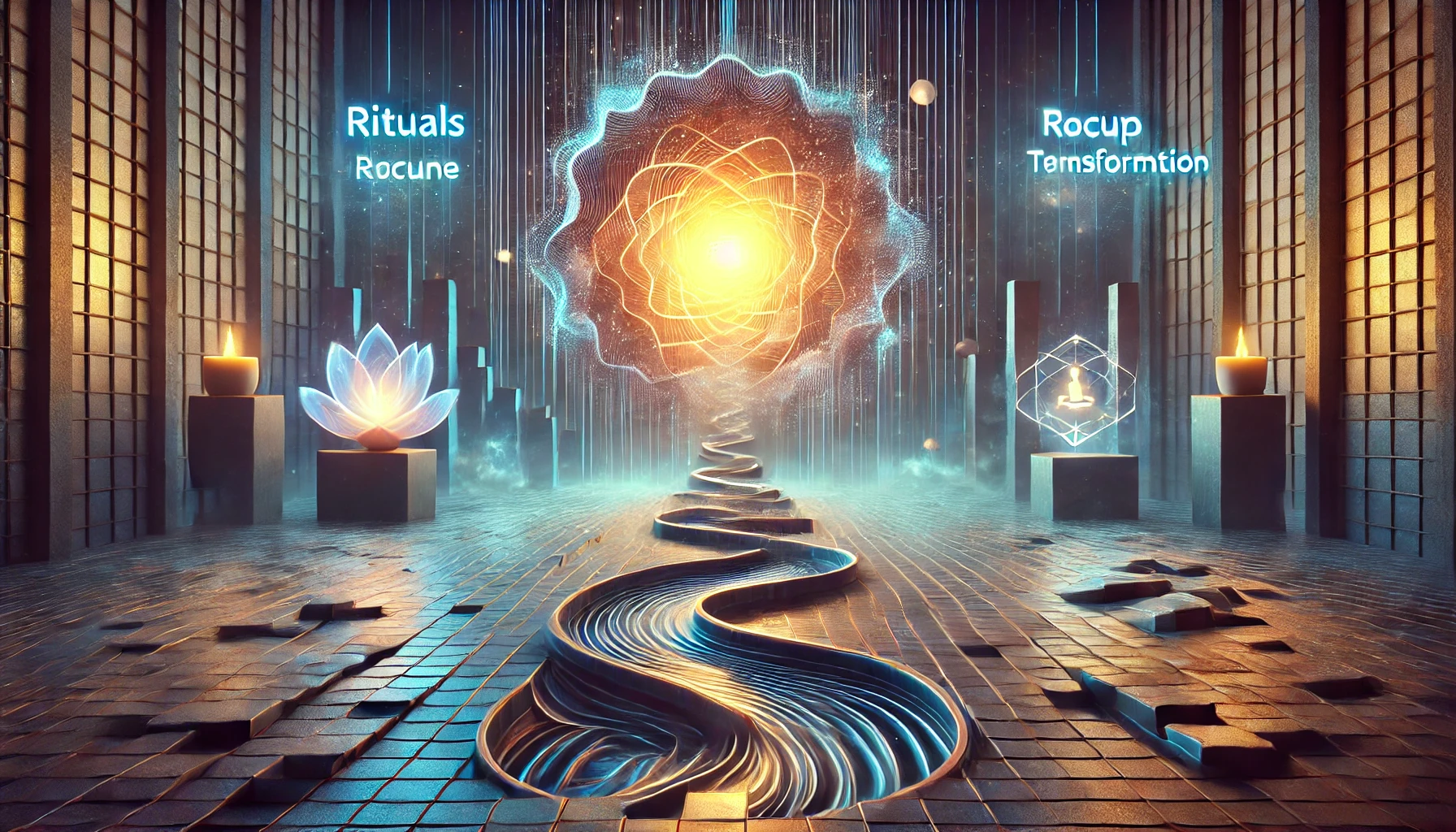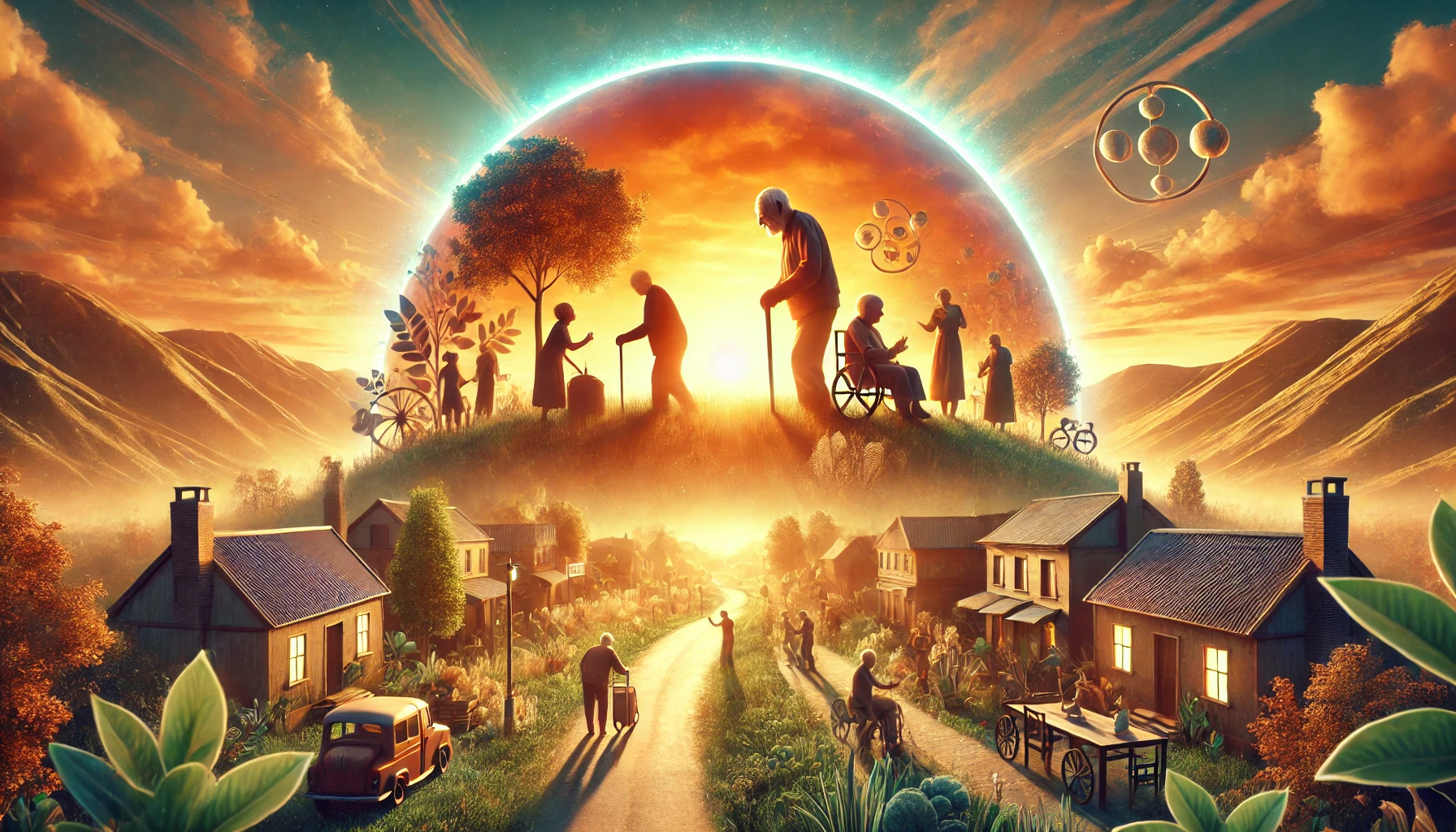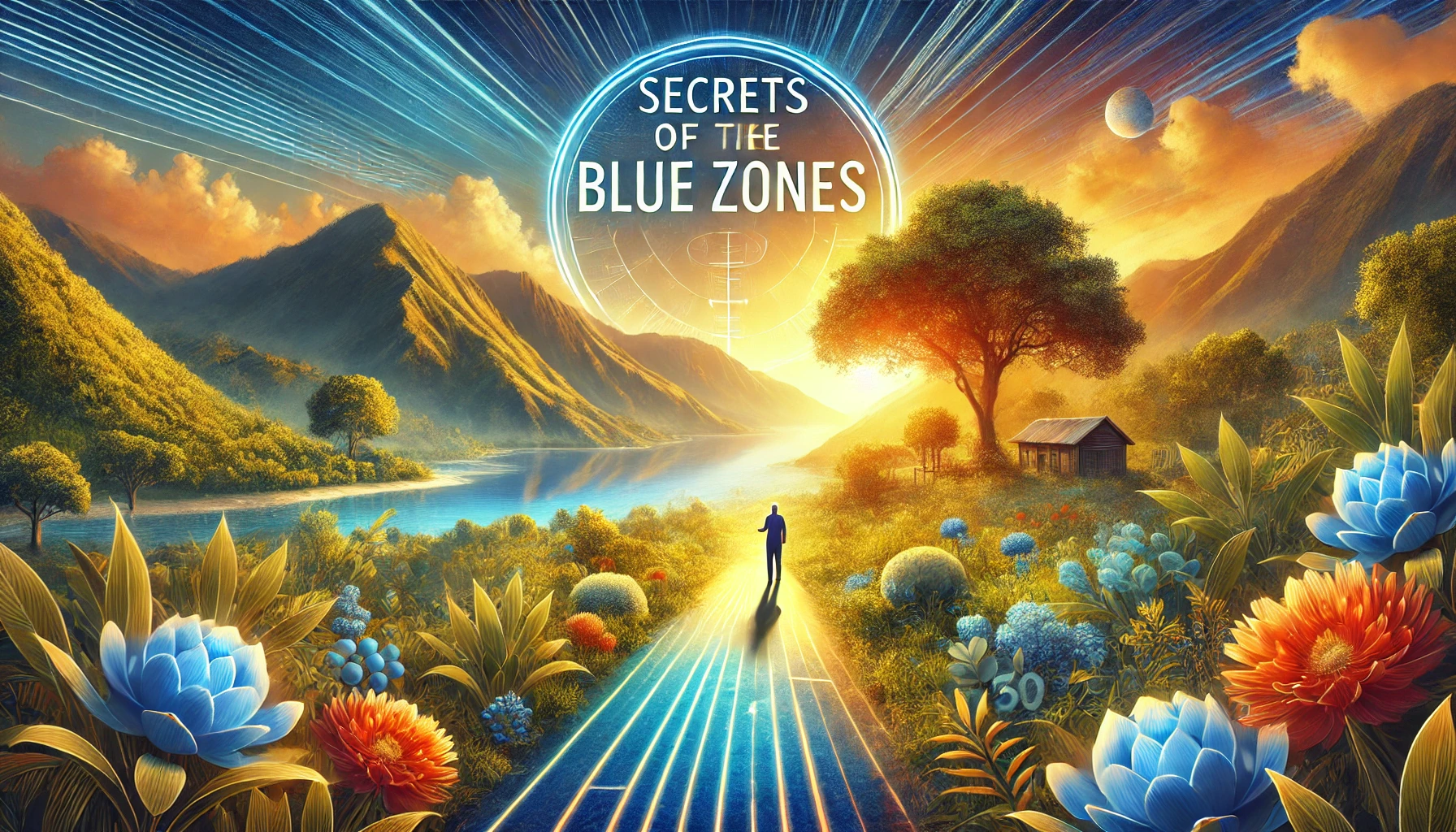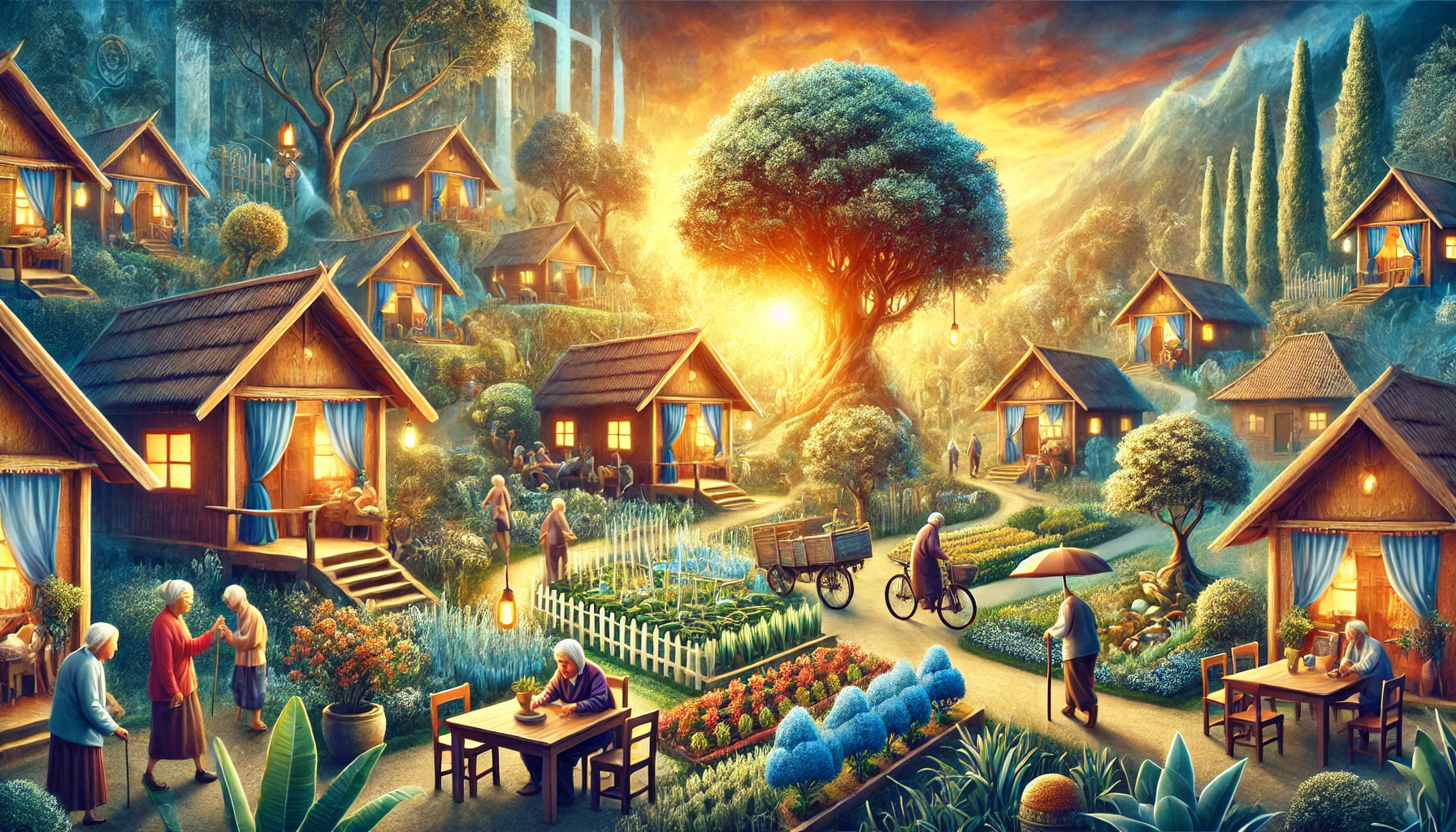Luck follows courage. As Cortella said in his book, or many winners whose stories we have heard. What we often forget is that right before courage comes frustration, pain, and discomfort. The thing is that these stories we hear are told at the moment of recovery, when the worst is over. But what if someone writes when they are still face down, lying there, without hope, without perspective, consumed by the pain of failure, would you read it? Personally, I wouldn't. And let me explain: because what I look for in difficult times are stories similar to mine that turned out well. That gives me hope, inspires me. Nothing new here, but we can't confuse things. There can be hope and inspiration. The big question is how we describe the speed of the fall, the perception of the passage of time while we are there, lying down, without strength or courage to get up. We want this time to be as short as possible, like an ant bite, right?! This is where the danger lies, because in real life, if we take a little longer than the sting to get up, we feel that WE are the problem, that we are weak, without courage... Ok, ok, so let's press slow motion and take a closer look at this moment lying face down on the ground? Because this is where the process of getting back up takes place. It is there, looking at the ground, feeling your body without even being able to turn your head and look ahead when a lot happens inside us and allows the emergence of this spark that gives rise to the entire ignition of the recovery. We will open a gap in time and space, lying there, or rather, when we receive the blow that put us in that position. Ahhhh! And what a blow!

Failure hurts, it feeds the - I should have... I could have... - judgment and shame. The moment we are falling is the one in which we see the death of expectations, which can be very painful, it is a mourning, we see every dream or plan moving away (matrix moment). Pause in the pause of the pause. Let's be an anime. How many frames are dedicated to the fall, to the sensation of the fall from the perspective of the one who falls? We do see long falls when we tell the story of when we knocked down our opponent. But then the fall is described from the perspective of the one who won. Do you understand? The narrative of the fall is slow when we knock the other down, but very fast when we are knocked out, because we only start talking when we are standing again, or at least sitting down... it is always a narrative of the winner.
Bringing light to this moment of falling is very important. Looking up from the bottom and not from the top. Not that you won't be able to get up, please, that's not it! But rather realizing that this moment, the D-day (of the fall - "D" wrongly and not of the recovery - this will be the "R" moment) hurts like hell. So come with us in this dissection of the "D" day. It's on this day that the "magic" happens, hope resurfaces...
Whatever your narrative of downfall: in studies, in your career, in your love life or in your parenting journey, the "Not Yet", the not yet that I used with Carol Dweck so hopefully, is now sad, to dwell on what is still difficult, because it will STILL get harder before it gets better, you will not get better, at least NOT YET. I only know one thing: not being alone in any way, a wind blows on this face here, sweaty and tired, but with many frames still to draw.






